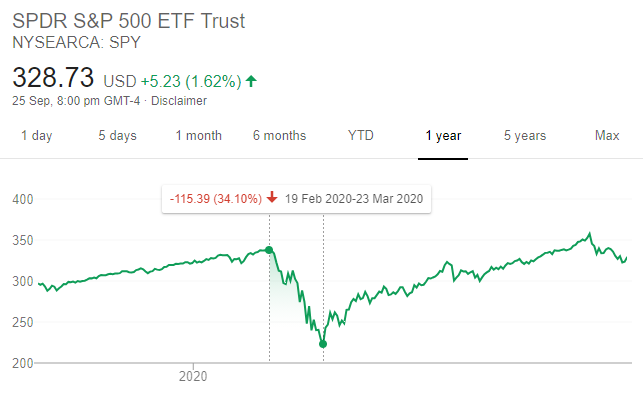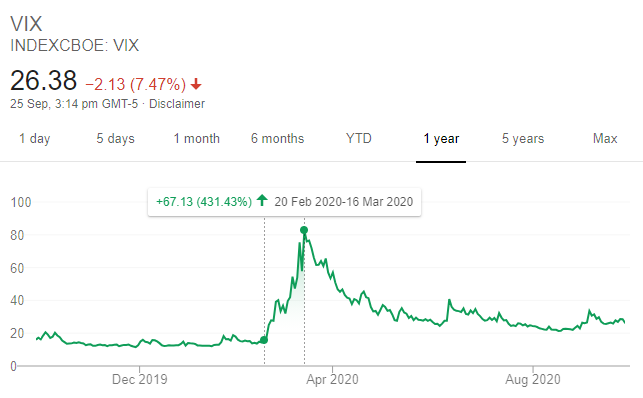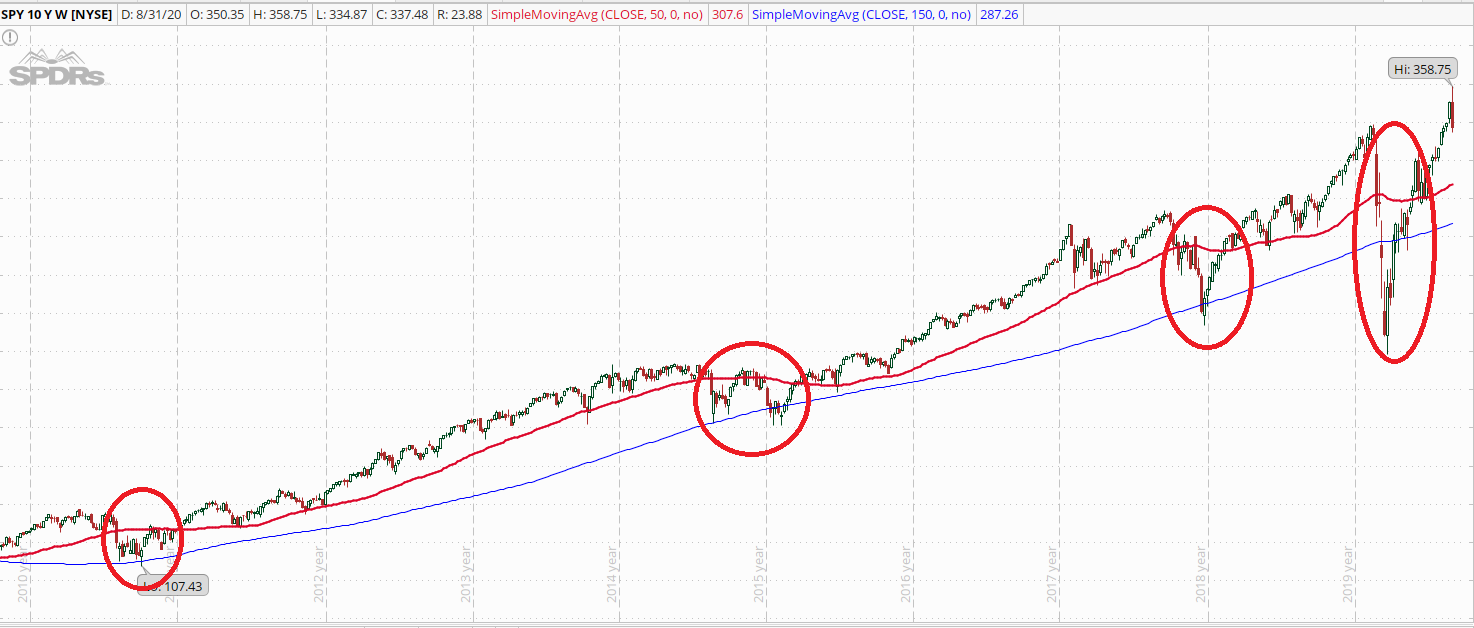During the COVID-19 stock market crash, the stock market felt a whopping 34.10%.
They say that in every crisis, lies an opportunity - however investors who were caught unprepared paid the price.

From past history, a bull run last around 9 to 10 years on average.
A bear market?
Well, it lasts around 14 months.
However, if you are a long term investor - such crashes will probably excites you.
Yes - the color red excites us more than the color green.
With that said, there were 3 investment lessons that I wanted to pen down that would benefit investors to prepare for upcoming corrections or crashes.
Lesson 1: Be Comfortable With Paper Losses

Yes - be comfortable with paper losses.
Most investors probably struggle with this...
... and it's normal, especially when you saw your portfolio came from a +$13,654 to -$2,546.
(just random numbers - but you get the point.)
If you are a long term investor, acknowledge that these are the period of times that you have go through.
But if you are holding great companies, you know that its only a matter of time for your portfolio to turn green again.
"But Gin, I honestly don't feel good with my portfolio going deeper in the red day-by-day..."
If you are feeling uncomfortable, its one of these two reasons:
- You invested into companies that you are not confident. (Read "The 8-Point Checklist")
- You invested too much into a stock. (Read "The Power Of Portfolio Diversification")
If you have done these two right, then here's a bonus tip to cope with your emotions:
Shift your focus.
You want to start focusing on the cash flow that is entering your portfolio. This can come in the form of stock dividends or premium from selling options.
During such stock market crashes, volatility are at crazy high levels.
Take a look at the VIX (the measure of volatility of S&P 500)

Because of the heighten volatility, options pricing are inflated.
These means that I could sell covered calls at juicy premiums to extract cash flow from my existing investments.
Note: When you have a position of 100 stocks, you can sell covered call options to "rent" out your stocks for premium.
However, do note that if the share price were to spike up, then you could lose out on the potential capital gain. When that happens, you could always sell a put option to promise to buy 100 shares again - collecting even more cash flow.
Lesson 2: Be Fearless To Buy

You might have heard Warren Buffett's quote before:
"Be greedy when others are fearful"
I guess this is also the reason why seasoned investors love red days so much.
In fact, I sent a newsletter to my subscribers previously - and sent this image.

And I asked this question...
If you could be like this man...

Would you want to turn back time to buy at those dips circled in red?
You would right?
But most people are paralyzed in fear because they do not see the long term.
Or it could also be that there are worried that after they buy, the share price continues to fall...
What you could do is to enter in tranches, read The Power Of Entering Tranches.
So that, you are not worried as the share price fall.
In fact, you would be looking forward for a drop in share price - so that you are able to enter your subsequent tranches, and lower your average share price.
However, remember to only buy quality stocks at reasonable valuations.
If the stock is currently not trading at a reasonable valuation, you could also consider to take advantage of the increased volatility, and sell put options at the strike price that is at your valuation.
Note: When you sell a put option, you are promising to buy 100 shares of the stock at the selected strike price.
E.g. If I sold a 150 Put on Facebook - this means that I am promising to buy 100 shares of FB at $150 each. That's a total of $15,000.
You need to have at least $15,000 cash in your brokerage account to avoid going into margin. This is also known as a cash-secured put. Selling put options are more suitable for investors with larger portfolio.
Lesson 3: Understand Yourself

In Chinese, there's this saying,
Know the enemy, know yourself, and in every battle you will be victorious.
There are strategies out there that are meant to profit from a stock market crash.
- Short selling the stock
- Buying a put option
- Buy a call option on the VIX
In fact, I had my fair share of doing such strategies during the COVID crash - well, and to be quite frank, it was a mistake.
I didn't lose money, in fact - I made quite a fair bit of money. However, it was not suitable for me because I have always been a long-term investor. And such shorting strategies was too stressful for me.
In short, these strategies are didn't suit my investment style.
I know that there are a lot of "gurus" out there who would paint you a beautiful story:
- Short the market during the crash
- Take the profits and buy stocks as the stock market recovers
- This way, you can profit both during the crash and the recovery.
This sounds like a sweet fairytale - but in reality, it takes impeccable timing to achieve this. And needless to say, the emotional turmoil on your heart to try and time the market.
To keep it simple (at least for myself), I would only go long on my investments.
Do note that I am not saying that shorting strategies do not work - you just have to figure out whether it suits you as an investor. Never do a strategy that don't suit you simply because of FOMO.
Conclusion

So which lesson resonate with you most?
Was it understanding yourself as an investor?
Or is it being comfortable with paper losses?
Leave a comment below!
By the way, if you are new to investing - why not check out our Stock Investing Hub, a free resource to start investing profitably.
